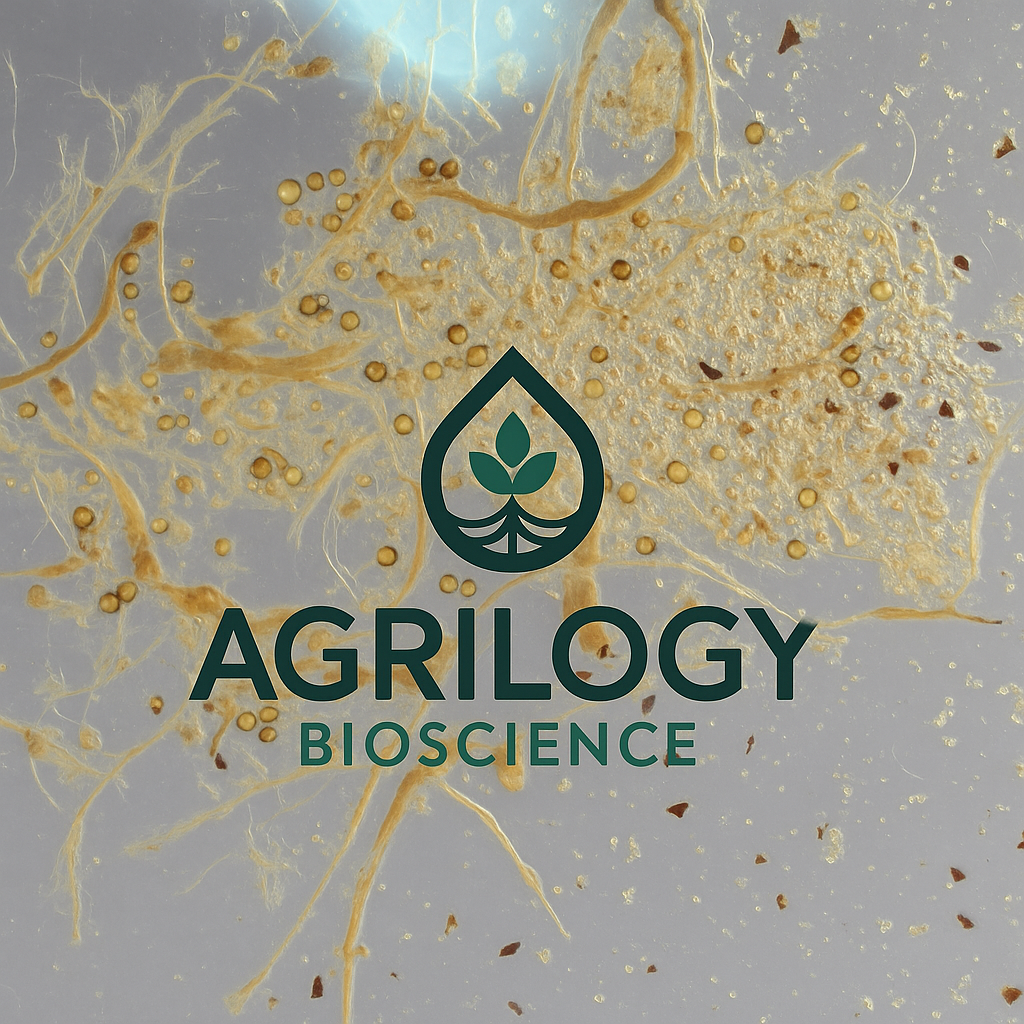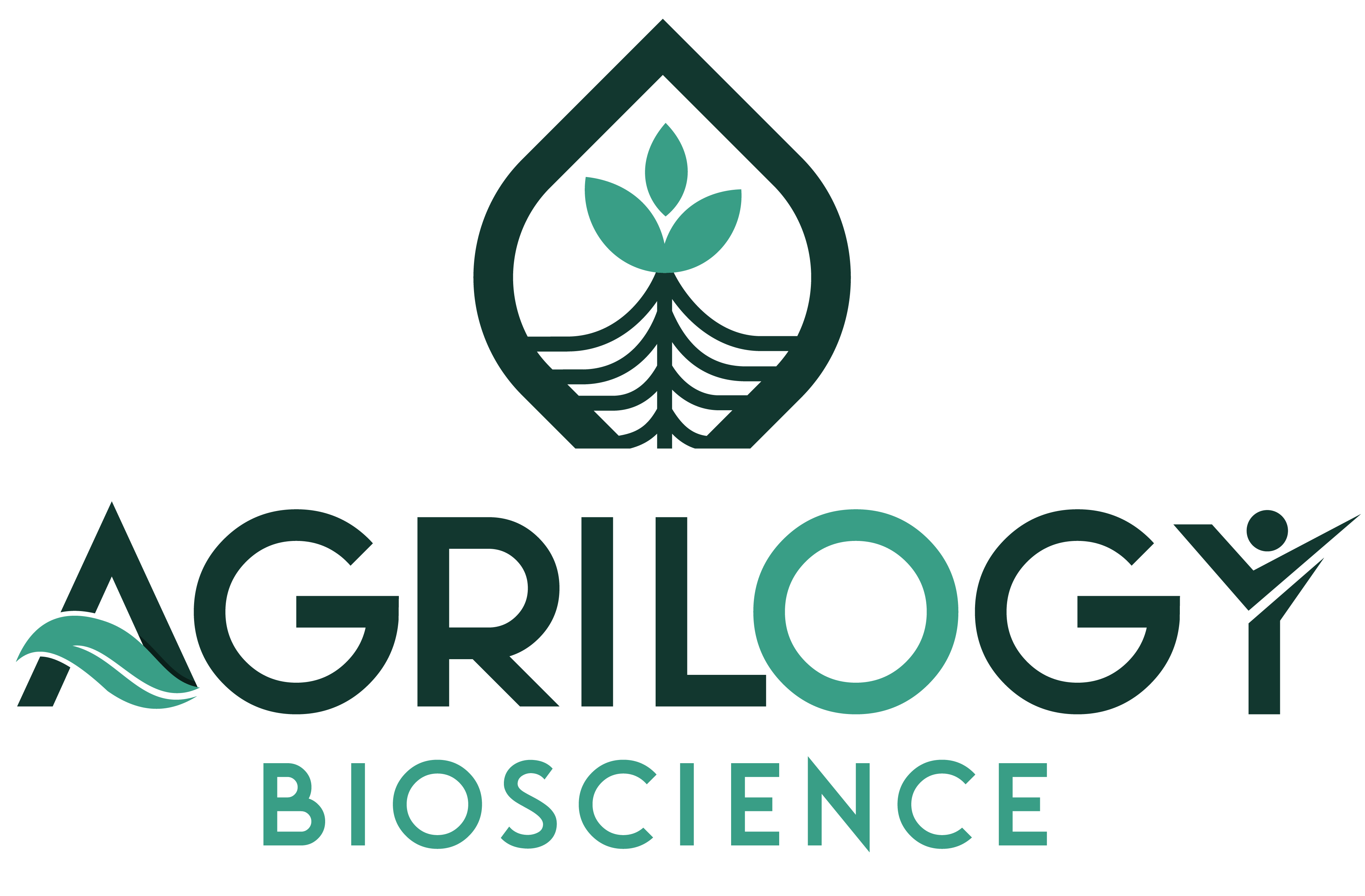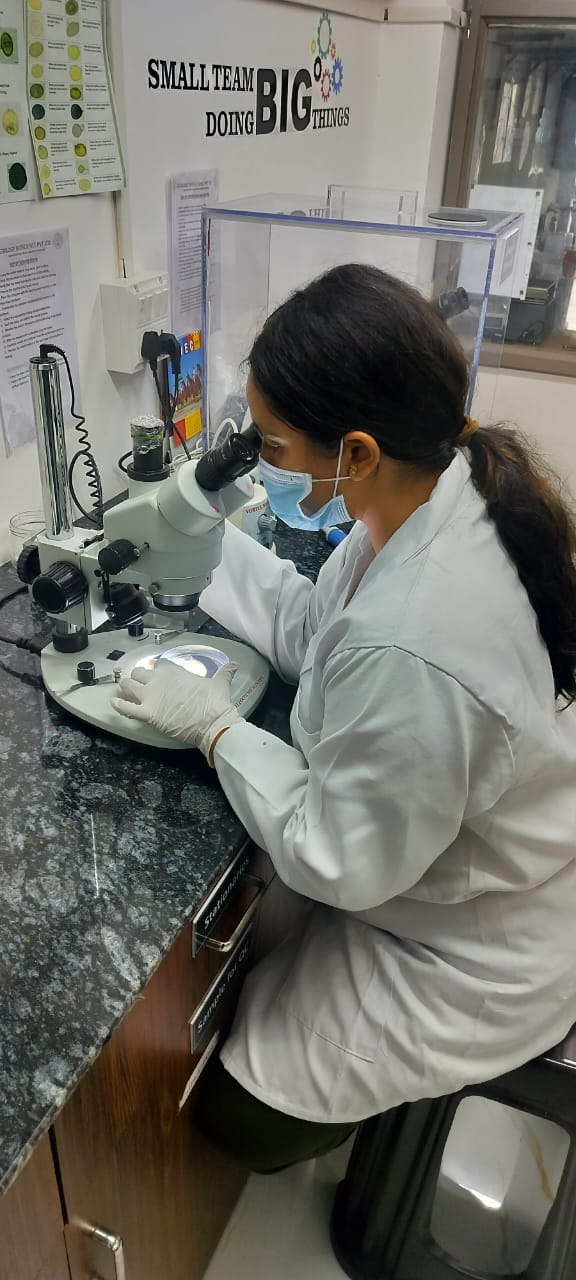
- Home
- Eco-Friendly Fertilizers
Transform Your Garden into a Personal Paradise!
Mastering Spore Counting: A Comprehensive Guide for Accurate VAM In Solid (Powder or Granular) Formulation Testing
When it comes to evaluating the effectiveness of Vesicular Arbuscular Mycorrhizal (VAM) spores in powder or granular formulations containing humic substances, seaweed extracts, and inert carriers like bentonite or water-soluble dextrose, proteins etc.; spore counting is the key to ensure product quality. But what happens when companies make claims like 25,000 spores per gram, and the reality doesn’t quite match up? How do we ensure these claims hold true? The answer lies in precision in spore counting through Stereo Zoom Microscopy, a tool that offers 3D views and enhanced resolution to see spores in finer detail than traditional methods.
In this blog, we will walk you through Agrilogy Bioscience Private Limited’s Spore Evaluation Method, an established and tested protocol, alongside the best practices for counting spores in VAM formulations with challenging carriers, such as humic substances and bentonite. We’ll discuss the methodology, tools, and tips to make your spore evaluations accurate, reliable, and efficient.
Why Spore Counting Matters: Accuracy is Key
Accurate spore counts are a critical part of VAM quality control (QC). While many companies claim a high spore count (like 25,000 or even 1,00,000 spores per gram), the actual spore count often tells a different story when examined under the microscope. Ensuring precision in spore counting can prevent discrepancies between claimed and actual spore concentrations, thereby fostering trust and consistency. This is where Stereo Zoom Microscopy comes in. Offering superior resolution and a 3D view, it allows for a clearer picture of spore morphotypes compared to conventional compound microscopes. But it’s not just about the technology; the method you use plays a massive role in accuracy.
Agrilogy Bioscience Private Limited’s Spore Evaluation Method: The Essentials
Let’s dive into the methodology that Agrilogy uses for spore evaluation. This method is designed to ensure precise spore counting by following a step-by-step protocol. The process relies on careful sample preparation and the use of specialized equipment to achieve the most accurate results possible.
Tools Required:
- Sugar Tubes
- 100 ml Glass Measuring Cylinder
- Micropipette & Tips (1000 μl)
- Metler for precise weighing
- Vortex Machine
- Stereo Zoom Microscope
- Petri Plates (Grided or Non Grided)
- Scissors & Tissue Paper
How to Evaluate Spores in Different Carrier Types: Two Reliable Lab Methods
Accurately evaluating spore concentration is essential for quality control in VAM formulations. Depending on the type of carrier used—whether water-soluble or more complex solid carriers—different lab techniques are needed to extract and count spores effectively.
1. Spore Evaluation in Water-Soluble Carriers:
This method is ideal for products where the carrier dissolves easily in water, such as powders formulated with sugars or similar materials.
Steps:
- Weigh a small, precise amount of sample (10–100 mg), depending on the expected spore load.
- Mix the sample with 20 mL of distilled water and vortex gently (around 2000 rpm) to disperse spores without damaging them.
- Using a micropipette with a cut tip, transfer 1 mL of the mixture dropwise onto a sterile Petri plate.
- Rinse the pipette tip with clean water using a new, uncut tip and add this to the same plate.
- Observe the sample under a stereo zoom microscope (1X–4.5X magnification) and count the spores.
- Calculate the spore concentration per gram using the dilution factor and sample weight.
This method is quick, straightforward, and well-suited for clean, soluble formulations.
2. Spore Evaluation in Solid or Insoluble Carriers:
For products with humic substances, peat, or insoluble binders, spores are often trapped in debris, requiring a more physical separation process.
Steps:
- Mix 0.1–5 grams of the sample with 100 mL of water, depending on spore density and carrier type.
- Decant the mixture through a two-sieve system: a 250 μm sieve to retain large debris and a 37 μm sieve to collect spores.
- Rinse the sieves 4–5 times with water to wash away humic matter or insoluble particles that may coat spores.
- Backwash the fine sieve using wash bottles to collect the spores into a 20 mL tube.
- Transfer 1 mL of this sievate to a Petri plate and observe under a stereo zoom microscope.
- As before, calculate the final spore count per gram using your observed count and dilution factor.
This method is more involved but necessary when dealing with particulate or organic-rich carriers.
Both methods offer reliable ways to assess spore viability and concentration, with each tailored to specific types of carrier systems. Choosing the right protocol helps ensure accurate measurements, supporting product quality, regulatory compliance, and scientific research.
Do's and Don'ts for Accurate Spore Testing
Here are some critical Do’s and Don’ts to follow during the spore testing process:
Do’s:
- Use Accurate Weighing: Ensure the sample weight is precise with a tolerance of ± 0.0005 mg. Opt for minimum of 100 mg of sample to overcome overlapping issues and avoiding variation factor ensuring accurate estimation of spore quantity.
- Vortex Gently: Vortex the sample at low speed for 2-3 minutes to avoid damaging the spores.
- Mount Carefully: When transferring droplets to the Petri plate, ensure that the drops don’t spread to the edges or overlap.
- Multiple Readings: Always take 5-10 readings and calculate the average to minimize variability.
- Sample Preparation: Sugar tubes or test tubes should be used instead of beakers. This helps minimize false negatives caused by spores sticking to the container’s surface, and the reduced surface area of tubes allows for better mixing, which is key for accurate evaluation.
- Dilution Factor: The sample should be diluted with a maximum of 20 ml to manage the high concentration of spores and to reduce the likelihood of false positives.
Don’ts:
- Avoid High-Speed Vortexing: High speeds can shear spores, resulting in inaccurate counts.
- Do Not Skip the Washing Step: Carefully wash the micropipette tip to remove any leftover spores.
- Examine Only Intact Spores: Do not count broken, cracked, or transparent spores.
- Sieve Thoroughly: If you notice excessive debris, sieve the sample again through 37 μm mesh before re analyzing.
Conclusion: Ensuring Accurate Spore Counts for Quality Assurance

Accurate spore counting is crucial to maintain the integrity and effectiveness of VAM and granular formulations. By following the meticulous methodologies outlined here, you can ensure precise spore evaluations, regardless of the challenges posed by organic carriers or inert granules. Using Stereo Zoom Microscopy for observation, paying attention to the details of sample preparation, and adhering to best practices will lead to more accurate assessments, boosting the reliability of your products and fostering trust in your brand.
If you have any further questions or would like to share your experiences with spore testing, feel free to reach us.

